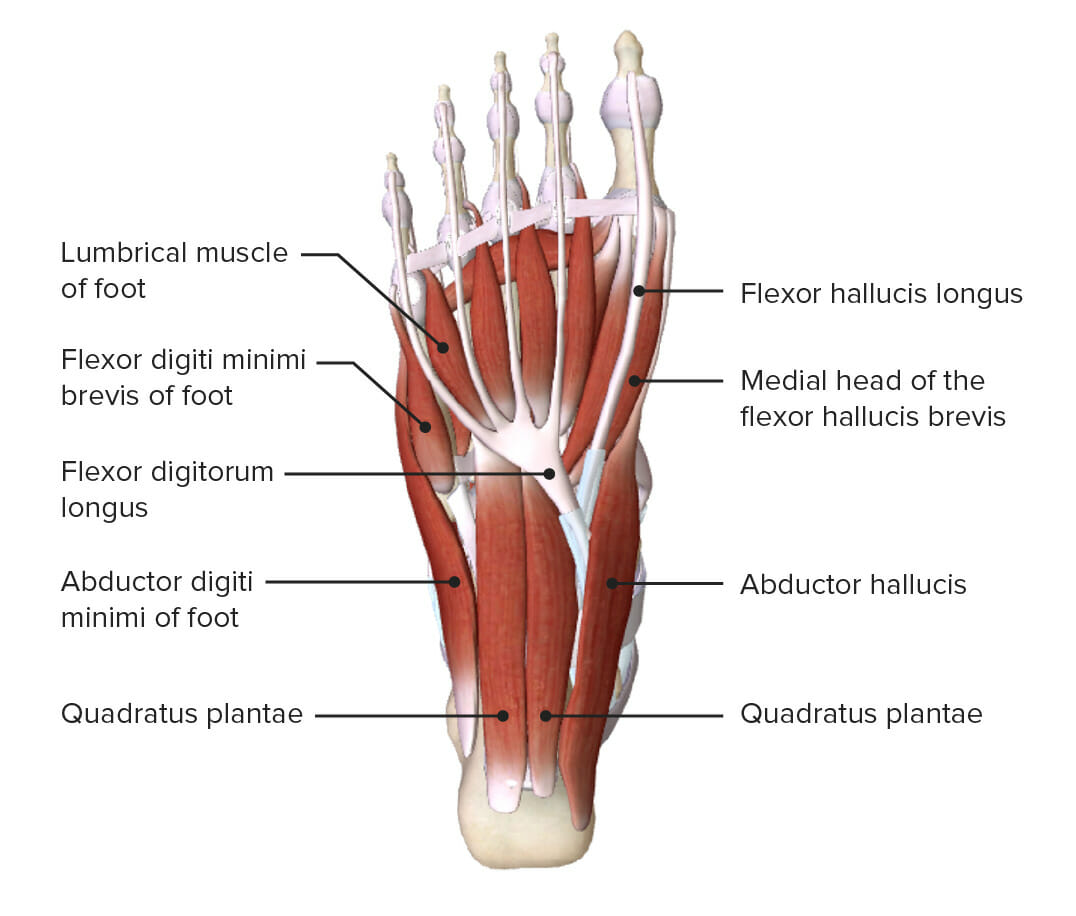In a world where art and architecture often intersect, high places have long served as both vantage points and cultural landmarks. From the towering spires of cathedrals to the observation decks of skyscrapers, these elevated spaces offer not only panoramic views but also unique opportunities to experience high art. In recent years, The New York Times has highlighted several such locations, showcasing how art can be integrated into the urban landscape and how elevated spaces can become platforms for artistic expression.
The Rise of Elevated Art Installations

One of the most talked-about examples is Mika Rottenberg’s “Foot Fountain (pink),” a ten-foot-tall sculpture that has sparked both fascination and controversy. Installed on Manhattan’s High Line Park, the piece features a phallic-like structure with mouths and a sprinkler system that activates when pedestrians pedal a nearby machine. While some critics found it unsettling, others saw it as a bold statement on public art and its role in everyday life.
The New York Times covered the installation extensively, noting that it challenges traditional notions of what art can be. Rottenberg, known for her surreal and thought-provoking work, described the piece as an “overindulgent creature” inspired by her pandemic-era craft projects. The sculpture, which will remain on display through May 2026, has become a focal point for discussions about the intersection of art, public space, and human interaction.
Art Museums with Elevated Perspectives

Beyond the streets of New York, art museums have also embraced the concept of high places to view art. The Plains Art Museum in Minnesota, for instance, is hosting a multi-year project called High Visibility: On Location in Rural America and Indian Country. This exhibition brings together works from over 30 contemporary artists, many of whom draw inspiration from rural landscapes and Native American cultures.
Curated by Matthew Fluharty, the project includes installations, performances, and interdisciplinary works that reflect the diverse experiences of rural life. The museum has also launched a podcast series and a printed newspaper featuring essays on each artwork, making the exhibition accessible to a wider audience.
The New York Times has covered this initiative, highlighting its focus on underrepresented voices in the art world. Fluharty, a visual artist and writer based in Minnesota, has been instrumental in bringing attention to the importance of rural perspectives in contemporary art.
The Role of Public Art in Urban Spaces

Public art has always played a significant role in shaping the identity of cities, and elevated spaces are no exception. The High Line, a former railway line turned public park, has become a hub for innovative art installations. In addition to Rottenberg’s sculpture, the park has featured other notable works, including a 16-foot pigeon statue that challenged the traditional monuments of the city.
These installations not only enhance the visual appeal of the area but also provoke conversations about history, culture, and the environment. The New York Times has consistently reported on such projects, emphasizing their impact on both residents and visitors.
Crossword Clues and Cultural References
Interestingly, the phrase “high place to view a high art” has even made its way into crossword puzzles. According to The New York Times, one of the answers to the clue “high place to view a high art” is “operabox.” While this may seem like an unusual connection, it reflects the broader cultural significance of elevated spaces in both art and daily life.
Crossword enthusiasts often find themselves searching for creative solutions, and the inclusion of such clues in major publications underscores the enduring fascination with high places and their artistic potential.
Conclusion: Elevating the Art Experience
As we continue to explore the relationship between art and elevated spaces, it becomes clear that these locations offer more than just a view—they provide a platform for creativity, reflection, and community engagement. Whether it’s a sculpture on the High Line or an exhibition at the Plains Art Museum, these high places serve as reminders of the power of art to transform our surroundings.
For those interested in experiencing high art from above, there are countless opportunities to explore. From rooftop galleries to observation decks, the world is filled with places where art and elevation come together in unexpected ways.
Stay updated with the latest news and discoveries in the world of art and culture.
Author: [Name]
Title/Role: [Jabatan atau keahlian]
Credentials: [Ringkasan kualifikasi atau pengalaman terkait]
Profile Link: [Link profil, opsional]
Sources:
– Plains Art Museum
– High Line Park
– The New York Times
Internal Links:
– Exploring Contemporary Art in Rural America
– The Impact of Public Art on Urban Spaces
– Crossword Puzzles and Cultural References
Schema Markup:
{
"@context": "https://schema.org",
"@type": "Article",
"headline": "US Trending News: Exploring High Places to View Art in The New York Times",
"description": "Discover how elevated spaces in New York and beyond serve as platforms for high art, from sculptures on the High Line to exhibitions at the Plains Art Museum.",
"author": {
"@type": "Person",
"name": "[Name]"
},
"publisher": {
"@type": "Organization",
"name": "[Your Website Name]",
"logo": {
"@type": "ImageObject",
"url": "[Logo URL]"
}
},
"datePublished": "2025-04-05"
}
Featured Snippet:
Elevated spaces in New York, such as the High Line Park and the Plains Art Museum, offer unique opportunities to experience high art. These locations blend art with architecture, creating memorable experiences for visitors.
Call to Action:
Explore the latest trends in art and culture by visiting the High Line or checking out the Plains Art Museum’s High Visibility exhibition. Stay updated with the latest news and discoveries.











More Stories
US Trending News: The History and Legacy of Zoo York in Streetwear Culture
US Trending News: Exploring Zach Top Greensboro
US Trending News: Youngboy Concert in Birmingham: What to Know Before You Go